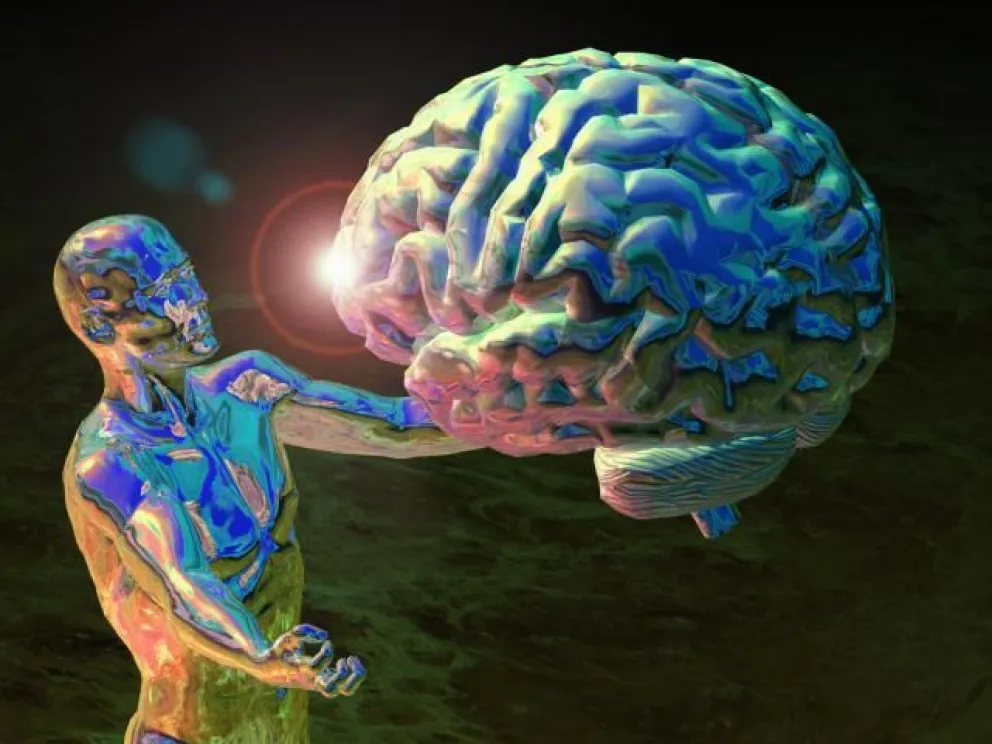We live in a world where what is said is valued more than what is felt. But the body, silent and patient, holds everything that goes unspoken.

And sometimes, the toll is collected in the form of anxiety, illness, chronic fatigue, or unexplained pain.
Have you ever felt a lump in your throat while trying not to cry? Or a stomachache before a stressful situation?
It’s not a coincidence. It’s the body speaking, reacting, telling its story. The body keeps the score—even when the mind tries to forget.
Body and mind: a relationship that cannot be denied

For centuries, Western medicine separated the body from the mind. But many ancient cultures—like Ayurvedic medicine, traditional Chinese medicine, or shamanic healing systems—have always understood their deep interconnection.
Today, fields such as neuroscience and psychoneuroimmunology offer a bridge between this ancestral wisdom and modern science. Recent studies show that emotions have a direct correlation with the nervous, endocrine, and immune systems.
When we repress fear, sadness, or anger, those emotions don’t disappear. They often manifest as physical symptoms: chronic headaches, muscle tension, gastrointestinal issues, insomnia… These are signs of a body asking to be heard.
What do the experts say?
In the face of traumatic events or sustained stress, the limbic system becomes intensely activated. The hypothalamus releases cortisol and adrenaline, preparing the body to flee or fight. The problem arises when that activation doesn’t turn off, and the body remains trapped in a state of constant alert.
Bessel van der Kolk, author of The Body Keeps Score, explains that in people with unresolved trauma, the amygdala (fear center) remains overactive, while the prefrontal cortex (responsible for reasoning and planning) is partially switched off. The result: the body reacts as if the danger were still present, even when it has already passed.


Another key voice in this field is Gabor Maté, author of When the Body Says No, who argues that there is a deep connection between repressed emotions and autoimmune diseases such as arthritis, cancer, or multiple sclerosis.
Psychologist Natalia Seijo offers a profound and humanistic perspective on how emotional trauma is expressed in the body. In her approach, she highlights how the body becomes an emotional stage where pain, blockages, and illnesses often originate from unprocessed experiences. In workshops like The Body as Emotional Stage, she invites people to listen to the body with respect and without judgment—recognizing it as a legitimate channel for expressing not only what has hurt, but also what can heal.
The importance of body awareness

The key is not just to talk about the past, but to inhabit the body in the present.
Practicing body awareness—through yoga, meditation, breathwork, movement, dance, or therapeutic writing—helps us identify, regulate, and transform our emotions.
Interoception, the ability to perceive our internal state, has become a key element for emotional regulation. People who develop this ability tend to manage their emotions more effectively, respond more calmly, and live with greater balance.
Because emotions are not the enemy. They are signals. And if we don’t listen, the body will speak louder… until it screams.
Many seek healing solely through the rational mind. But true emotional work often happens at the most intimate level: the body. Learning to feel it, listen to it, and care for it is not a luxury—it’s a necessity. Because what doesn’t transform, repeats itself. And what is not spoken, the body will shout.
Because the body doesn’t forget. The body remembers. The body keeps the score. And listening to it can be the first step toward healing.
And what if the sea were the space to hear what your body holds inside?
Listening to the body is not always easy amidst meetings, task lists, and fast-paced rhythms. Sometimes, we need to step away in order to truly come closer to what we feel.
Step out of autopilot. Breathe. Inhabit who you are.
At INEEW, we’ve created a transformative experience inspired by this very need:
8 days of emotional navigation among the Greek Saronic Islands, combining the power of the sea, integral dance, and emotional self-awareness.
During this unique journey, we will explore experiential practices focused on:
Emotional and body awareness
Deep connection with the body
Emotional autonomy and inner well-being
Emotional leadership and interpersonal connection
Emotional identification and expression
Body-based emotional regulation
Mindfulness and presence practices
Emotional self-management in community
All within an atmosphere of calm, freedom, and natural beauty, where the body can speak—and be heard.
We will dance what we couldn’t say.
We will breathe what weighs us down.
We will release what we no longer need to carry.
And maybe, for the first time in a long time, we’ll feel at home within ourselves.
This journey is not just an escape. It’s an invitation to cultivate your own inner sea of calm.
Learn more about this experience here:
Or write to us with your questions at [email protected] — we’ll be happy to walk this path with you.
Because the body keeps the score.
But it can also tell a different story: the story of your well-being.

References:
Craig, A. D. (2009). How do you feel — now? The anterior insula and human awareness. Nature Reviews Neuroscience, 10(1), 59–70. https://doi.org/10.1038/nrn2555
Hughes, K., Bellis, M. A., Hardcastle, K. A., Sethi, D., Butchart, A., Mikton, C., ... & Dunne, M. P. (2017). The effect of multiple adverse childhood experiences on health: A systematic review and meta-analysis. The Lancet Public Health, 2(8), e356–e366. https://doi.org/10.1016/S2468-2667(17)30118-4
Maté, G. (2003). When the body says no: Exploring the stress-disease connection. Wiley.
Mehling, W. E., Wrubel, J., Daubenmier, J. J., Price, C. J., Kerr, C. E., Silow, T., ... & Stewart, A. L. (2011). Body awareness: A phenomenological inquiry into the common ground of mind–body therapies. Philosophy, Ethics, and Humanities in Medicine, 6, 6. https://doi.org/10.1186/1747-5341-6-6
Van der Kolk, B. (2014). The body keeps the score: Brain, mind, and body in the healing of trauma. Viking.

The body keeps score: When emotions speak through the body